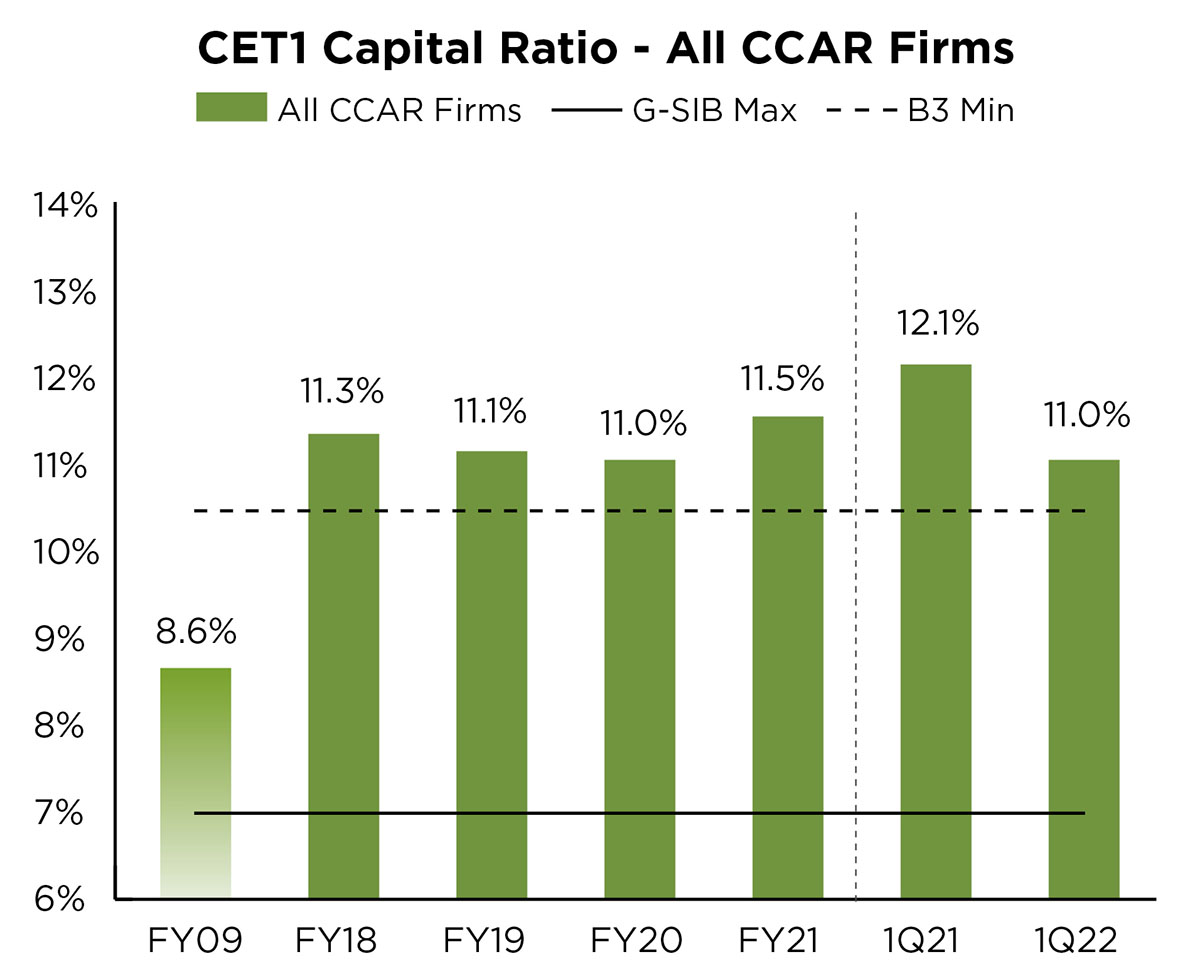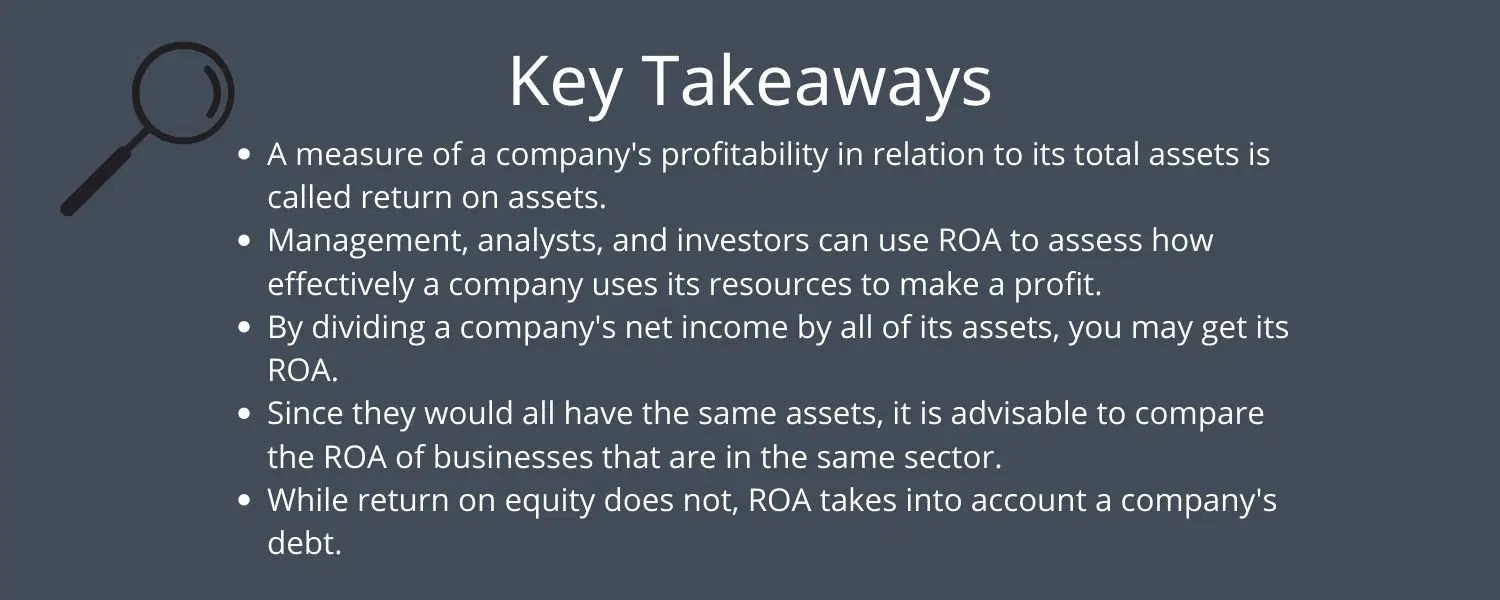

Finance
What Does ATF Stand For In Banking
Published: October 11, 2023
ATF in banking stands for "Automated Transfer Facility", a finance technology that allows seamless and efficient money transfers between accounts.
(Many of the links in this article redirect to a specific reviewed product. Your purchase of these products through affiliate links helps to generate commission for LiveWell, at no extra cost. Learn more)
Table of Contents
Introduction
In the world of banking, there are numerous acronyms and industry-specific terms that can sometimes be overwhelming for those not familiar with the field. One such acronym is ATF, which stands for Automated Teller Machine. While most people are familiar with ATMs as a means of withdrawing cash or checking their account balance, the term ATF encompasses a broader range of functions and services within the banking industry.
An Automated Teller Machine (ATM) is an electronic device that allows customers to perform various financial transactions without the need for human interaction. ATMs have become a ubiquitous presence in our daily lives, offering convenience and accessibility to banking services 24/7. The evolution of technology has transformed a simple cash dispensing machine into a multifunctional tool that can handle a wide array of banking operations.
ATFs play a crucial role in banking operations by offering customers the ability to carry out essential financial transactions at their convenience. With the growing complexity and diversity of banking services, ATFs have become an integral part of the banking infrastructure, serving as a bridge that connects customers to their accounts and financial services in various settings.
In this comprehensive guide, we will explore the definition of ATF, its role in banking, the functions it performs, and the importance of ATFs in revolutionizing the banking industry.
Definition of ATF
ATF, which stands for Automated Teller Machine, is an electronic device that allows users to conduct various banking transactions without the need for face-to-face interaction with a bank teller. It is a self-service terminal that provides customers with access to their bank accounts and a range of banking services.
The primary purpose of an ATF is to enable customers to perform basic financial transactions conveniently and securely. These transactions include cash withdrawals, account balance inquiries, fund transfers within an account or to other accounts, depositing cash or checks, and even purchasing prepaid cards or stamps.
ATFs are typically located in easily accessible areas such as bank branches, shopping centers, airports, and other public places for the convenience of customers. The machines are designed to be user-friendly with clear instructions and a touch-screen interface for easy navigation and operation.
ATFs are equipped with various security features to ensure the safety and privacy of customer transactions. These features may include PIN (Personal Identification Number) verification, chip-enabled cards, and encryption technology to protect against unauthorized access and fraud.
Furthermore, ATFs are connected to the bank’s network, allowing customers to access their accounts in real-time and receive immediate confirmation of transactions. This connectivity also enables ATFs to dispense cash in multiple denominations and process deposits or withdrawals on the spot.
Overall, ATFs revolutionize banking by providing customers with a self-service option that reduces the need for face-to-face interactions and offers convenience and accessibility round the clock.
Role of ATF in Banking
ATFs play a crucial role in modern banking by providing customers with convenient and efficient access to a wide range of financial services. These machines have transformed the way banking operations are conducted, offering benefits to both customers and financial institutions alike.
One of the main roles of ATFs is to provide customers with 24/7 access to their bank accounts. Unlike traditional banking hours, which may be limited to weekdays and certain hours, ATFs allow customers to conduct transactions at any time of the day or night, including weekends and holidays. This accessibility is especially beneficial for individuals who have busy schedules or live in remote areas where access to traditional bank branches may be limited.
ATFs also play a vital role in promoting financial inclusion. They provide banking services to individuals who may not have easy access to brick-and-mortar bank branches. This includes people in rural areas, underbanked individuals, and those without a traditional banking relationship. ATFs allow these individuals to perform important financial transactions, such as cash withdrawals and deposits, without having to travel long distances.
Another significant role of ATFs is to reduce operational costs for banks. By automating routine transactions, banks can streamline their operations and allocate their human resources for more complex and personalized services. This not only improves efficiency but also allows banks to offer competitive products and services to their customers.
Furthermore, ATFs enhance the customer experience by providing self-service options. Customers can quickly and easily perform transactions without waiting in long lines or interacting with bank tellers. This saves time and gives customers more control over their banking activities.
ATFs also offer added convenience by allowing customers to perform a variety of transactions in one place. Account holders can withdraw cash, deposit checks, transfer funds, pay bills, and even purchase prepaid cards or stamps, all at the same machine. The integration of multiple services in a single device reduces the need for customers to visit multiple locations or engage with different platforms.
Overall, ATFs play a critical role in the banking sector by providing customers with convenient access to a range of financial services, promoting financial inclusion, reducing operational costs, and enhancing the customer experience.
Functions of ATF in Banking
ATFs offer a wide range of functions and services within the banking industry, providing customers with convenience and flexibility in managing their finances. Here are some of the key functions performed by ATFs:
- Cash Withdrawals: One of the primary functions of ATFs is to allow customers to withdraw cash from their bank accounts. Customers can enter the desired amount and receive the requested cash in multiple denominations.
- Account Balance Inquiries: ATFs enable customers to check their account balances without the need to visit a bank branch or use online banking services. This function provides quick and convenient access to real-time account information.
- Fund Transfers: ATFs facilitate fund transfers within an account or to other accounts within the same bank or even to other banks. Customers can initiate transfers, enter the recipient’s account details, and choose the desired amount to be transferred.
- Deposits: ATFs allow customers to make cash deposits into their bank accounts. Depending on the machine, customers may be able to deposit both cash and checks, either separately or together.
- Bill Payments: Many ATFs offer the convenience of bill payment services. Customers can enter the necessary details, such as the account number and payment amount, and settle their bills directly from their bank accounts.
- Prepaid Card Services: ATFs often provide the option to purchase prepaid cards for various purposes, such as mobile phone top-ups or gift cards. Customers can select the desired card type and denomination, make the payment, and receive the activated card instantly.
- Account Statement Printing: Some ATFs offer the functionality to print account statements. Customers can request a printed statement of their recent transactions, providing a physical record of their banking activities.
- Foreign Currency Services: In some locations, ATFs provide the convenience of foreign currency exchange. Customers can convert their local currency into the desired foreign currency at competitive exchange rates.
These functions showcase the versatility and convenience of ATFs in catering to a wide range of banking needs. By offering these services, ATFs help customers carry out essential financial transactions efficiently and without the need for personal assistance.
Importance of ATF in Banking
The presence of ATFs in the banking industry has had a profound impact on customer experience, operational efficiency, and financial inclusivity. Here are several reasons why ATFs are of great importance in modern banking:
Convenience and Accessibility: ATFs provide customers with unparalleled convenience and accessibility to banking services. With ATFs available 24/7, customers can perform transactions at their convenience, without being restricted by banking hours or location. This convenience is particularly beneficial for individuals with busy schedules, residents of remote areas, and individuals who may find it difficult to visit traditional bank branches.
Cost Savings for Banks: ATFs play a vital role in reducing operational costs for banks. By automating routine transactions, banks can significantly reduce the need for human tellers and allocate their resources more efficiently. This cost savings allows banks to offer competitive products and services while maintaining profitability.
Enhanced Customer Experience: ATFs offer self-service options that improve the overall customer experience. Customers can carry out transactions quickly and efficiently, without the need to wait in queues or interact with bank tellers. This saves time and provides customers with greater control over their banking activities, leading to increased satisfaction and loyalty.
Financial Inclusion: ATFs have become a powerful tool in promoting financial inclusion. They provide banking services to individuals who may not have regular access to traditional bank branches, such as those living in rural areas or underserved communities. ATFs bridge the gap by offering basic financial services, allowing these individuals to participate in the formal banking system.
Secure and Efficient Transactions: ATFs are equipped with robust security measures to ensure the safety and privacy of customer transactions. Features like PIN verification, encryption technology, and chip-enabled cards help protect against unauthorized access and fraud. Additionally, ATFs enable customers to complete transactions swiftly, reducing waiting times and improving transactional efficiency.
Integration of Multiple Services: ATFs offer the convenience of accessing multiple banking services in one place. Customers can withdraw cash, deposit funds, transfer money, pay bills, and even purchase prepaid cards or stamps, all at a single machine. This integration of services streamlines the banking experience, eliminating the need to visit multiple locations or navigate different platforms.
Technological Advancements: ATFs continuously evolve to keep up with technological advancements in the banking industry. This includes features like contactless payments, mobile banking integrations, biometric authentication, and interactive touch-screen interfaces. These advancements enhance the user experience and provide customers with cutting-edge banking services.
Overall, ATFs have revolutionized the banking industry by offering convenience, efficiency, and accessibility to customers while reducing operational costs for banks. Their importance in modern banking cannot be overstated, as they continue to transform the way people interact with their finances.
Conclusion
The advent of Automated Teller Machines (ATFs) has transformed the banking industry, providing customers with unprecedented convenience, accessibility, and efficiency in managing their finances. ATFs play a vital role in offering a wide range of banking services, from cash withdrawals and fund transfers to bill payments and account inquiries.
The availability of ATFs 24/7 allows customers to carry out transactions at their convenience, without the restrictions of traditional banking hours or the need to visit a physical branch. With features like secure PIN verification and encryption technology, ATFs ensure the safety and privacy of customer transactions, giving customers peace of mind while conducting their financial affairs.
ATFs have also played a significant role in promoting financial inclusion, providing banking services to individuals who might not have regular access to traditional bank branches. Whether in remote areas or underserved communities, ATFs act as a stepping stone to connect individuals with the formal banking system, bridging the accessibility gap and facilitating financial empowerment.
Furthermore, the integration of multiple banking services within ATFs simplifies the customer experience. Customers can perform various transactions like depositing funds, checking balances, paying bills, and even purchasing prepaid cards, all in one place. This consolidation of services eliminates the need to navigate multiple platforms or visit different locations, saving time and improving overall customer satisfaction.
Not only do ATFs provide convenience and accessibility to customers, but they also offer cost-saving benefits for financial institutions. By automating routine transactions, banks can optimize their resources and allocate human capital to more complex and personalized services. This streamlined efficiency allows banks to enhance their product offerings while maintaining profitability.
In conclusion, ATFs have revolutionized the banking industry by providing convenient self-service options, promoting financial inclusivity, and delivering a wide range of services to customers. As technology continues to advance, we can expect further innovations in ATFs, enhancing the banking experience even more. In this rapidly changing landscape, ATFs will continue to play a vital role in shaping the future of banking, offering customers seamless and accessible financial services for years to come.














